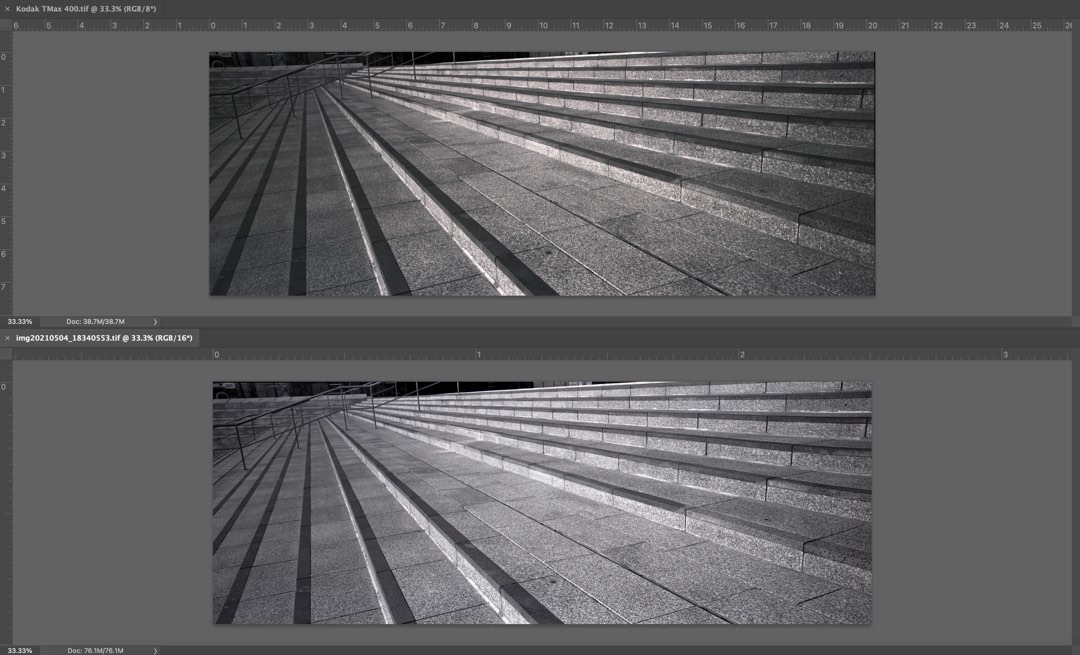

The artefacts should only become additive if the image is repeatedly cycled through "saved > closed > opened > edited > saved" operations. Chances are, both will apply though!Īs long as the image is being edited in 16 bit depth and remains open in the image editor, errors of bit depth and jpg artefacts should not accumulate, even if we repeatedly Save (as jpg). That said if the artefacts were posterisation, then yes, it was a bit depth issue. The artefacts were probably because of the capture jpg coding process (and compounded by any subsequent jpg processing that might have been done) rather than bit depth, especially if they were 'edge related' - IOW the change between adjacent image content that is dark and light in tone. If I recall correctly, the scan was using sRGB. I ran into a situation early last year where someone asked me to redo a colour wedding photo that was both faded and stained and all they had was someones jpeg scan for me to work with (no original available). If we just do a few operations, it probably won't be noticeable 95% of the time, but as you also say, you cannot visually predict which ones will be 'compromised' by reduced bit depth, so safer to work 16 bit/channel, as indeed was my intention. In respect of bit depth for scans, to clarify, if I were doing it, the very first task upon opening the 8 bits/channel original scan would be to convert it to a 16 bit workspace so that I don't lose any data when post processing - and (of course), save it with a different file name - rule #1 NEVER overwrite an original file.ĪFAIK, almost any manipulation of say, exposure values, is going to result in the resultant math on given pixels exceeding 8 bit depth. The problem is that other 5%, and frankly I can't tell by just looking at the image if problems are going to arise in the restoration work. I suspect that an 8-bit jpeg will be more than sufficient for 95% of the images I've worked on.
#Vuescan vs silverfast software
I expect that the issues were likely due to pushing the PP software to extremes and building on additive errors of the various incremental steps I was taking. I found I had to spend a fair bit of time cleaning up artifacts, that I suspect might have been the result of using an 8-bit image. These adjustments are definitely more extreme than what one would encounter in normal day-to-day PP work from a digital camera capture (unless the exposure was totally blown). I this kind of work, there can be some fairly heavy duty adjustments, to bring back the colours by working on a channel by channel basis.


 0 kommentar(er)
0 kommentar(er)
